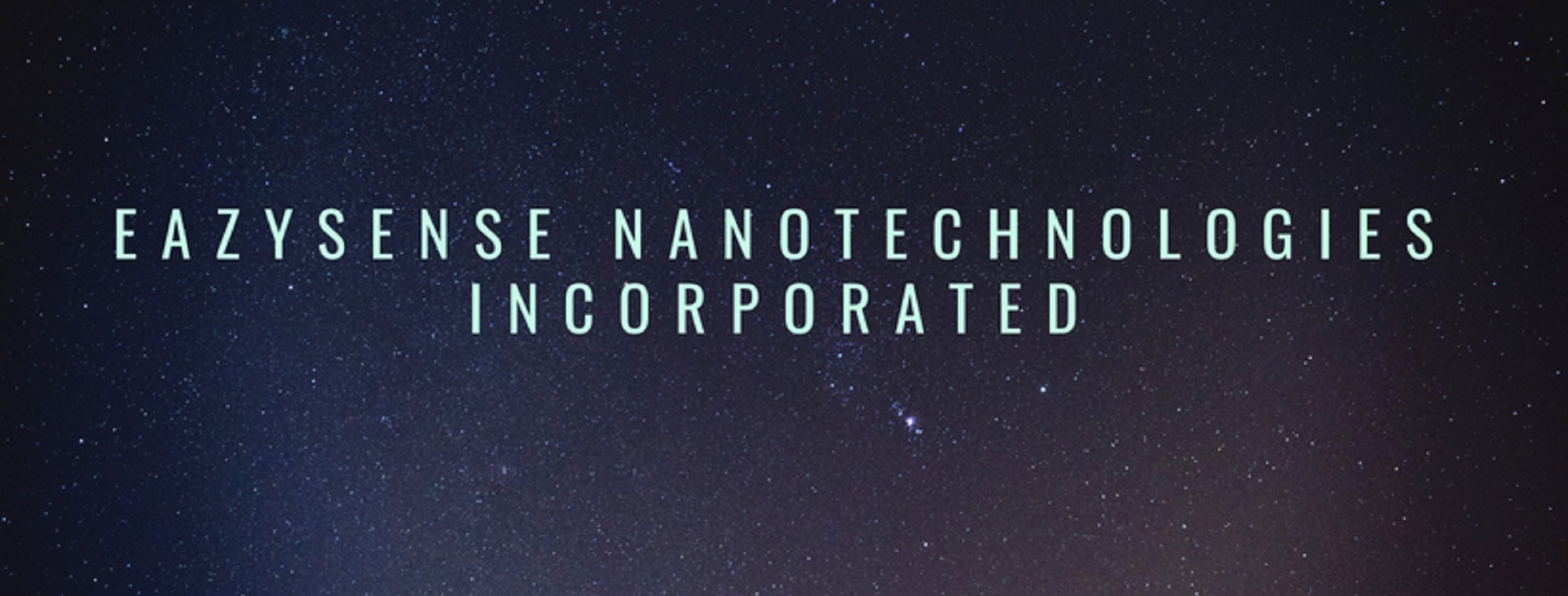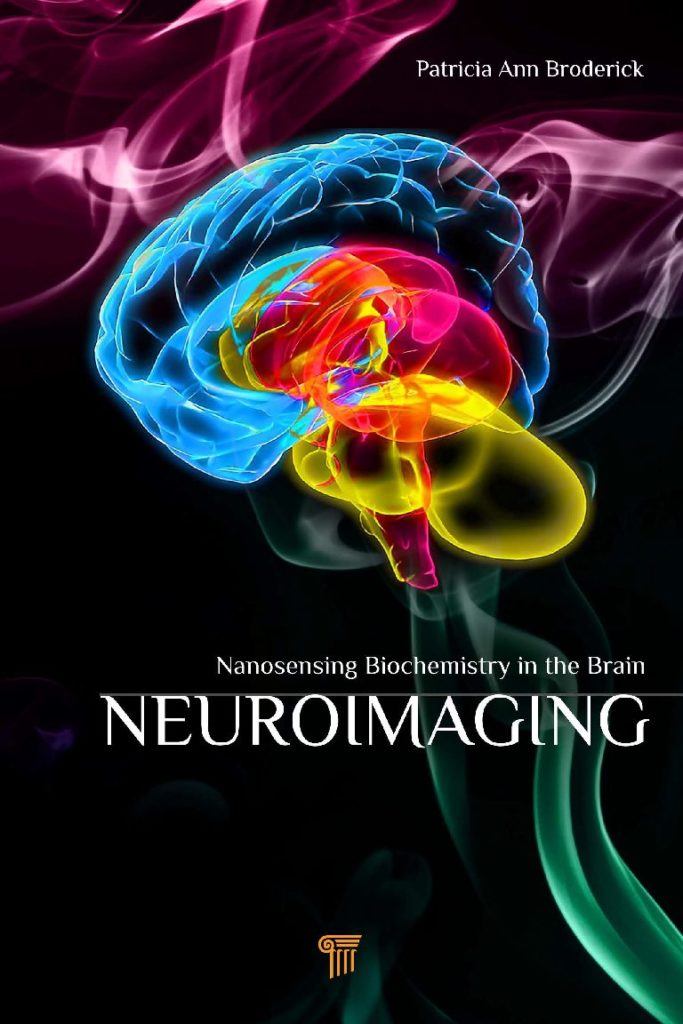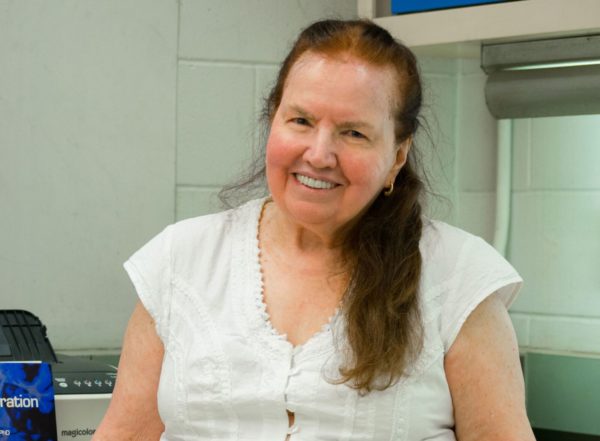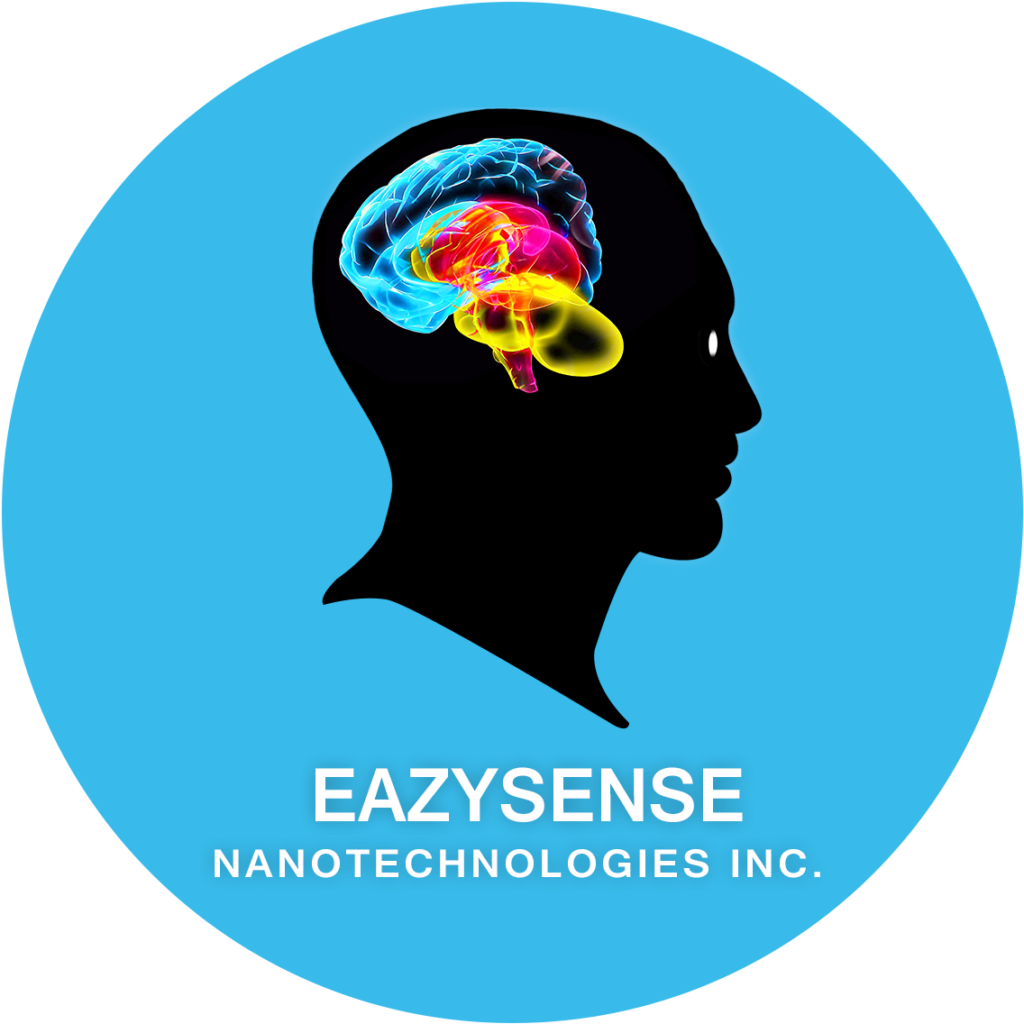

series of nanobiosensors work by electrochemical detection. But this medical device is unique from other electrochemical electrodes in that this series of nanobiosensors can image signals in vivo, in vitro or in-situ within sub-seconds in real time.
The nanobiosensors can be used anywhere and for any length of time and have been found to not result in gliosis (scar tissue) or infection (bacterial growth). Thenanobiosensors is comprised of carbon and carbon allotropes as used in, at least, one example. In the figure, shows a diagram of the nanobiosensors, the BRODERICK PROBE® .

Dr.Patricia Ann Broderick
RADIO SHOW
PART #1
https://www.stitcher.com/podcast/cutv-news-radio/e/52577674
PART #2
http://www.blogtalkradio.com/cutvnewsradio/2017/11/13/pt-2-cutv-news-spotlights-dr-patricia-broderick-of-eazysense-nanotechnologies
The nanobiosensor and its related techniques and technologies, as well as its trade secrets, are known under the umbrella terminology, Neuromolecular Imaging (NMI). This sleek carbon-based nanobiosensor, smaller than a human hair, is a diagnostic biomedical device, comprised of biologically compatible materials that image and video tracks, continuously, neurotransmitter signals in real-time directly from the brain during control, diseased states and treatment in the same object for time periods as long as months without scarring or bacterial infection.

